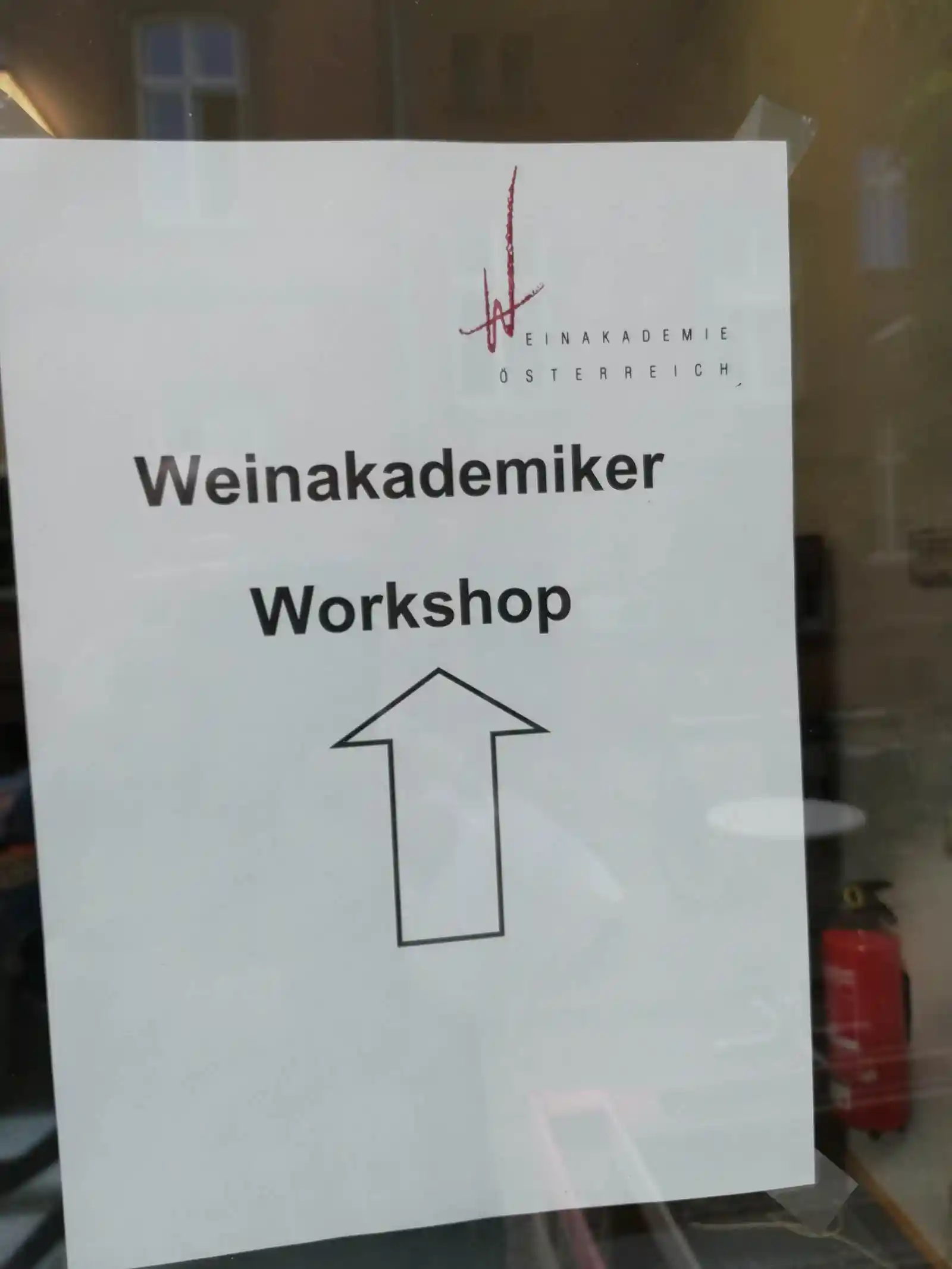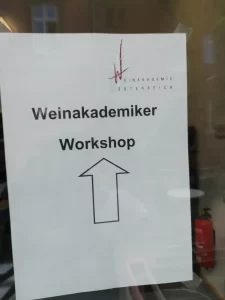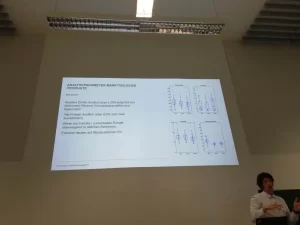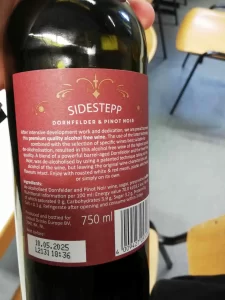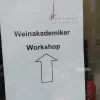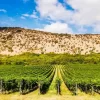I’m in favour of balanced and moderate wine consumption and think little to nothing about some movements, such as Dry January and Co. If you do appreciate the taste of wine (or other beverages), try to consume the best quality you can get and be moderately mindful about your consumption.
However, I do acknowledge there is a rise in interest in alcohol-free wines, and since I have been tasting and educating myself over the last year, I thought I would share my findings.
Introduction to Alcohol-Free Wines
The wide-range (no- and low-alcohol markets) has recently reached nearly $10 billion in value, according to the IWSR. Statistics also indicate a rising interest in alcohol-free wine.
While people considered “non-alcoholic wines” to be “beverages made from grapes” rather than recognising them as actual wine for a long time, the amendment to European law at the end of 2021 established the legal pathway for non-alcoholic and alcohol-reduced products. According to the law, there are two categories:
- De-alcoholized wine,” with an alcohol content reduced to 0.5% vol. or less
- Low-alcohol wine,” with an alcohol content exceeding 0.5% vol. but not exceeding 5.0% vol.
Germany is one of the leading markets for alcohol-free wine consumption as well as production. So it made all sense to participate in the last Weinakademiker seminar in Geisenheim based on technology. Some of the notes from the seminar with Dr. Matthias Schmitt from the lecture in Geisenheim, Germany.
Technical thoughts:
Separate Aromas: emphasise the separation of aromas from the alcoholic content during the de-alcoholization process.
Preserve Aromas carried by alcohol: As the alcoholic content carries aromas, the challenge is to maintain them during de-alcoholization.
Reintroduce limited Aromas: only a small portion of aromas, as they are frequently associated with alcohol.
Consider the sweetening Effect of alcohol: recognise that alcohol contributes to a sweetening effect, requiring a “dosage” in de-alcoholized wine. Achieve sweetening through options such as sugar (considering legal aspects!) or rectified grape must.
Sparkling wine: de-alcoholized sparkling wine has a maximum allowable loss of 20%. The production involves putting 1.2L of wine into 1L of non-alcoholic wine, leading to increased acidity.
The cost of de-alcoholized wine is around 1 euro per litre.
Utilising alcohol steam, capture aromas and reintroduce them during the de-alcoholization process for aroma recovery. Fast bottling is crucial due to volatility.
Regulatory compliance: EU regulations prohibit the labelling of de-alcoholized wine as organic (currently).
More on technology
Continuous de-alcoholization and blending: Common for both wine and beer production, continuous de-alcoholization aims to achieve an alcohol content below 0.5% vol. This process involves blending and is conducted at a process temperature of 30–40 °C under 100–120 mbar pressure. Prior degassing is necessary for optimal results.
Distillation and vacuum rectification: distillation, specifically vacuum rectification, plays a crucial role. When the distillate reaches over 70% vol., it can be marketed as brandy. However, this process incurs high losses of free SO2, making the de-alcoholized product susceptible to microbiological vulnerabilities. Swift blending is recommended to counteract these challenges.
Spinning Cone Column and its evolution: Dating back to 1936 with its first scientific description, the spinning cone column for de-alcoholization saw its commercial debut in 1988. Widely used for aroma recovery, especially in the wine industry, it also finds application in processing products with high viscosity.
Vacuum distillation vs. SCC (Spinning Cone Column): Both methods are suitable for de-alcoholization, showcasing minimal analytical and sensory differences. However, the SCC faces challenges in selectively separating positive or desired aromas due to the complexity of the wine’s aromatic profile.
Membrane Processes—Osmotic Distillation: Utilizing a flexible membrane technique, osmotic distillation serves various purposes, including managing gases, reducing alcohol levels, and eliminating sulfur dioxide in sweet reserves. This isothermic membrane process, conducted at atmospheric pressure, relies on the vapour pressure difference across the membrane for substance flow.
Reverse osmosis and additional processes: While reverse osmosis alone does not reduce alcohol content, it concentrates the wine. The separated fraction can undergo further processes like osmotic distillation (Memstar), thermal distillation, or alcohol reduction through water exchange. It’s important to note that the latter is not permissible in the EU.
Sensory impact of ethanol: Understanding the sensory impact of ethanol is crucial. As the most vital volatile component in wine, ethanol’s effects are diverse. Higher alcohol content enhances warmth perception, body, aroma intensity, and sweetness while reducing fruit, aroma intensity, and acidity. Simplified.
Impact of flavour profile
Alcohol-free, de-alcoholized wine tasting
Control wine no. 1 is 12%, and the others are de-alcoholized by various techniques and tasted blind.
| Technique used | Additional notes | Tasting note |
| Control wine: 12% abv | It exhibits floral and fruity notes, well-balanced acidity, soft alcohol, and a sugary undertone. The overall impression is crisp, fresh, and embodies a delicate interplay of sweetness and bitterness. | |
| Alcohol reduced to 0.5% vol. by RO | RO: Understanding the impact of RO, likened to a molecular filter, involves a process that separates water through an osmotic membrane. It’s noted that the prolonged use of RO for alcohol reduction is a longer process. CO2 limitations on yeast growth necessitate the use of DMDC or pasteurisation. | Shows signs of oxidation, presenting an empty and bruised apple profile. Lacks weight, and a subtle sugary note lingers. |
| Destillation | Offers a neutral grape juice experience with a shy, fruity nose. Hints of botrytis add complexity, resembling fresh carrot juice tones. Light-bodied and refreshing | |
| Membrane (OD+RO) | The discussion delves into the influence of sulphur compounds and their manifestation in low-sulphur environments. Varietal suitability becomes apparent, highlighting the potential of some varieties to mask these compounds. Similarities to verjus, a non-alcoholic grape juice, are explored. | Presents an itchy, sticky nose with strong sulphur notes. Exhibits oxidation, bitterness, and an unbalanced profile, reminiscent of carrot juice and grape juice. |
| Added “sweetening”: 40g/L Saccharose | It reveals a petrol-fresh, floral nose with hints of stinky sulphur compounds. Despite being very sweet, it remains drinkable with a juicy, fresh, and low-alcohol character. | |
| Added “sweetening”: 40g/L (22%) | Offers fruity notes with a hint of carrot, delivering a sweet, crisp, and dilutable experience. | |
| Added “sweetening” + CO2: 20g/L Saccharose + 3 g/l CO2 | Crisp with limey citrus notes, a soft, light body, and enhanced sweetness from CO2. | |
| Added “sweetening” + CO2: 20g/L Saccharose + 10 g/L CO2 | Excessive CO2 gives it a foaming style, impacting the citrus-lime balance, or rather, unbalance. | |
| 2019 Riesling (age) de-alcoholized | Presents a pronounced nose, possibly with a TDN note. |
Market Trends and Consumer Preferences
Thoughts for the trade if you want to have alcohol-free wine taken more seriously:
To thrive in the competitive wine market, implement several key recommendations to elevate the presence and appeal of alcohol-free wines. Start by making a concerted effort to increase awareness. Firstly, there should be a concerted effort towards increasing awareness. This involves enhancing visibility through organised tastings, integrating alcohol-free wine offerings prominently in supermarkets, and intensifying advertising endeavours, along with active participation in trade fairs.
Legal recognition is imperative, calling for equality in regulations for alcohol-free wine and inclusion in product specifications, particularly regarding generic origin.
To enhance consumer understanding and appreciation, labelling and technology play a crucial role. Presenting grape varieties on labels fosters transparency, while continuous technological development ensures the ongoing enhancement of quality and variety.
Employ strategies to stimulate the market, including soliciting customer feedback during periods of high demand, offering trade incentives and actions, ensuring prominent store placements, conducting staff training, and participating in prestigious competitions.
Adopt diversified marketing strategies that encompass both online and offline channels. Additionally, widen the reach by actively promoting the “alcohol-free” trend in untapped markets.
Alcohol-free, de-alcoholized, and alcohol-reduced marketing
Emphasising health and aligning with trends are vital. Ensure clear communication of “Bio” (organic) on labels and address health aspects to increase attractiveness. Introduce a “sporty alcohol-free wine variant” to cater to evolving consumer preferences.
Do not overlook the digital landscape; prioritise online sales and information dissemination. Providing details on production, education, and recommendations for online shops, along with labelling wines by style and collaborating with focus groups, enhances the online customer experience.
Collaboration and expansion strategies involve partnering with specialised cellars to broaden winemakers’ portfolios with alcohol-free wines.
Investing in appealing designs that draw inspiration from successful examples in the natural wine industry will help you achieve effective branding and loyalty building. Clear labelling of 0% vol. on the labels and strategic placement in wine shops with themed displays, promotional signs, and banners contribute to brand recognition.
To enhance the overall customer experience, leverage events such as wine tastings, blind tastings, thematic presentations, attractive packaging, creative drink options, cocktails, and collaborations with influencers. By implementing these recommendations, the alcohol-free wine market can position itself for sustained growth and success.

